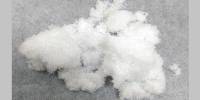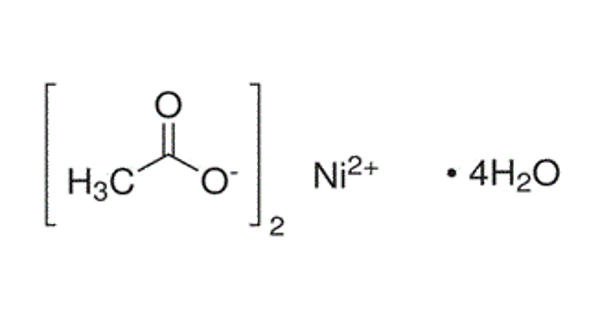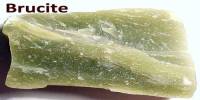Zinc is a chemical element with the symbol Zn and atomic number 30. It is a lustrous bluish-white metal. It is found in group IIb of the periodic table. It is a slightly brittle metal at room temperature and has a blue-silvery appearance when oxidation is removed. It is the first element in group 12 of the periodic table. It is a fairly reactive metal that will combine with oxygen and other non-metals and will react with dilute acids to release hydrogen. The major uses of zinc metal are in galvanizing iron and steel against corrosion and in making brasses and alloys for die-casting. In 1746, German chemist Andreas Marggraf figured out how to isolate zinc by heating carbon and calamine (the stuff in calamine lotion).
Properties
- atomic number: 30
- atomic weight: 65.39
- melting point: 420 °C (788 °F)
- boiling point: 907 °C (1,665 °F)
- density: 7.133 grams/cm3 at 25 °C (68 °F)
- oxidation state: +2
Zinc is the 24th most abundant element in Earth’s crust and has five stable isotopes. The most common zinc ore is sphalerite (zinc blende), a zinc sulfide mineral. The largest workable lodes are in Australia, Asia, and the United States. It is refined by froth flotation of the ore, roasting, and final extraction using electricity (electrowinning). It is of considerable commercial importance.

Occurrences
A little more abundant than copper, zinc makes up an average of 65 grams (2.3 ounces) of every ton of Earth’s crust. The chief zinc mineral is the sulfide sphalerite, which, together with its oxidation products smithsonite and hemimorphite, constitute nearly all of the world’s zinc ore. Native zinc has been reported from Australia, New Zealand, and the United States, and the leading early 21st-century producers of zinc are China, Australia, and Peru. For zinc’s mineralogical properties, see the native element.
Uses
- Most zinc is used to galvanize other metals, such as iron, to prevent rusting.
- It is an essential mineral, including prenatal and postnatal development.
- It is a component of some enzymes that digest protein in the gastrointestinal tract.
- It is an essential trace element in the human body, where it is found in high concentration in the red blood cells as an essential part of the enzyme carbonic anhydrase.
- Zinc deficiency affects about two billion people in the developing world and is associated with many diseases. In children, deficiency causes growth retardation, delayed sexual maturation, infection susceptibility, and diarrhea.
- Zinc functions in the hemosycotypsin of snails’ blood to transport oxygen in a way analogous to iron in the hemoglobin of human blood.
- Enzymes with a zinc atom in the reactive center are widespread in biochemistry, such as alcohol dehydrogenase in humans.
- Zinc oxide is widely used in the manufacture of very many products such as paints, rubber, cosmetics, pharmaceuticals, plastics, inks, soaps, batteries, textiles, and electrical equipment.
















